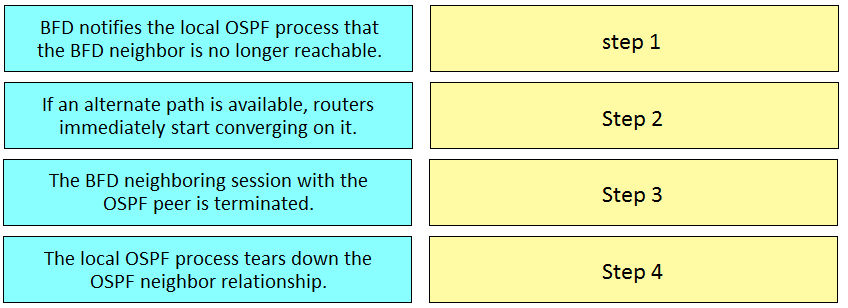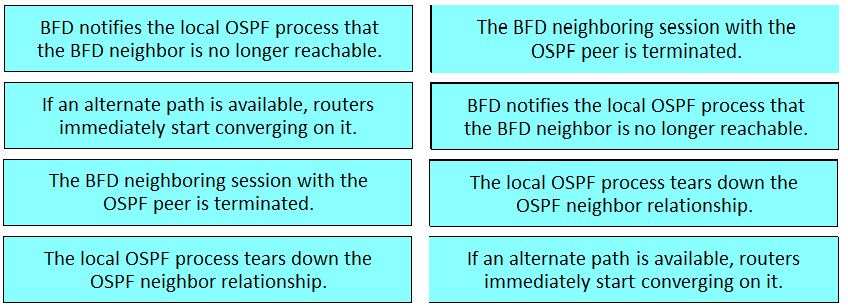Designing Cisco Data Center Infrastructure (DCID)
Here you have the best Cisco 300-610 practice exam questions
- You have 135 total questions to study from
- Each page has 5 questions, making a total of 27 pages
- You can navigate through the pages using the buttons at the bottom
- This questions were last updated on May 5, 2025

